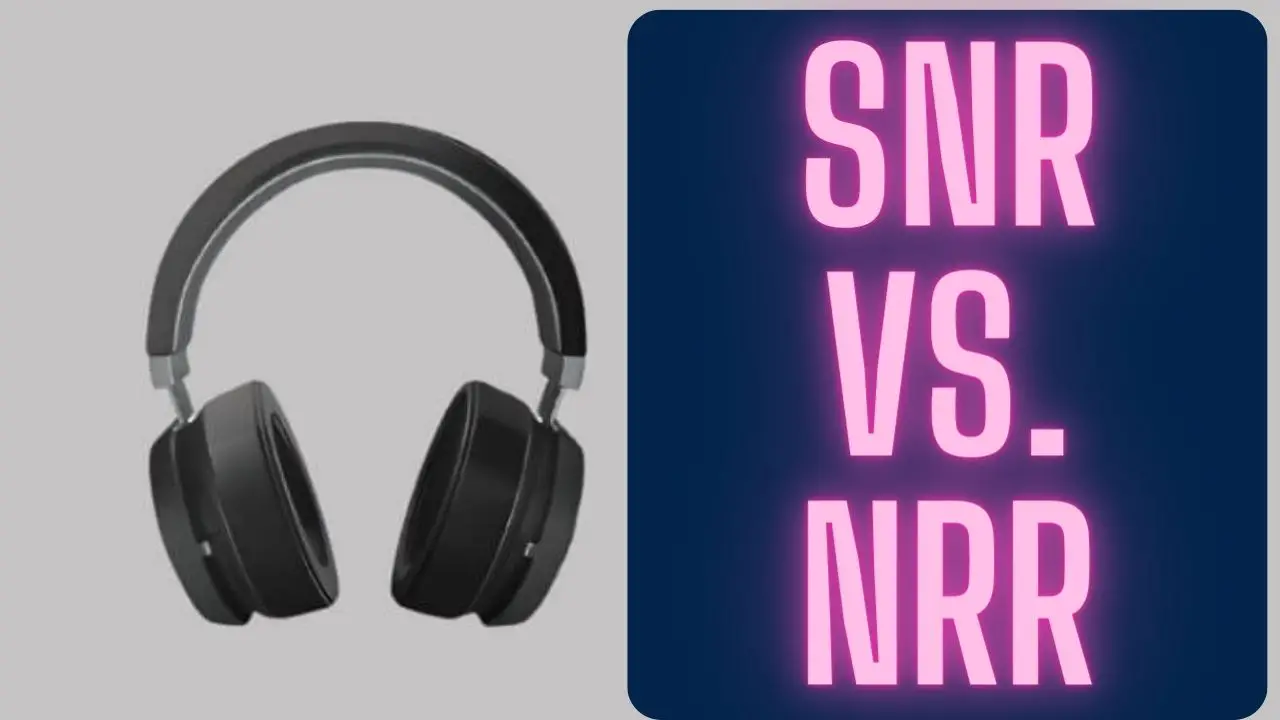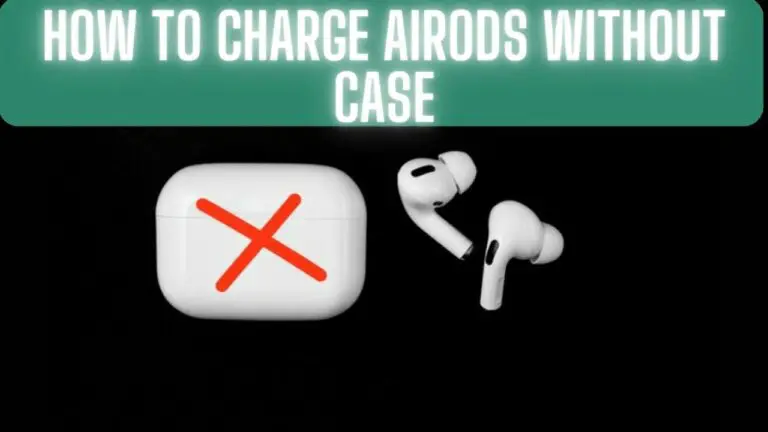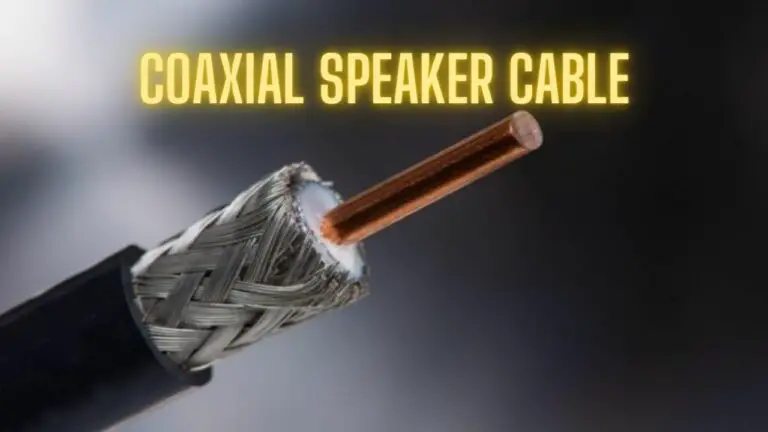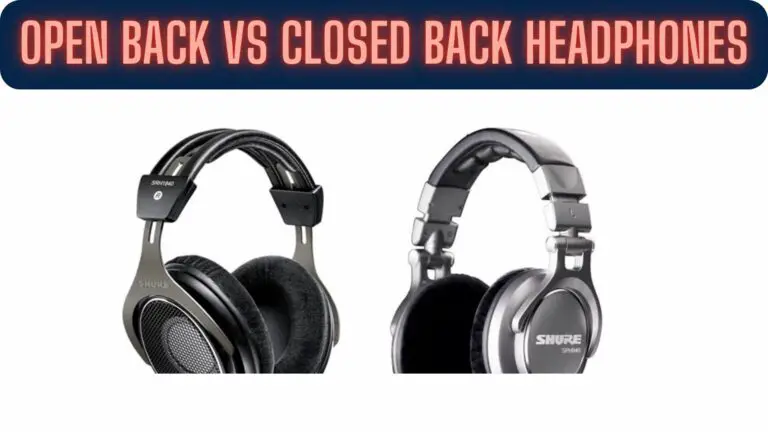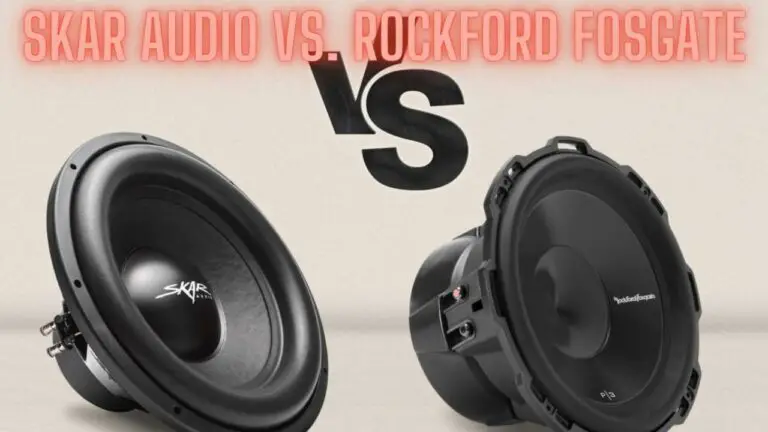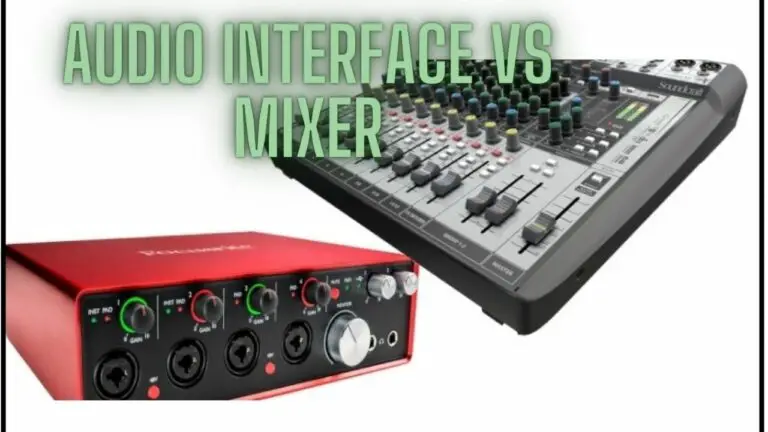SNR vs. NRR: Understanding Hearing Protection Ratings
Introduction
Protecting one’s hearing in noisy environments is crucial for maintaining long-term auditory health and preventing noise-induced hearing loss. Understanding the metrics used to assess the effectiveness of hearing protection devices is essential for making informed decisions about selecting the right equipment. Two common metrics used for this purpose are SNR (Single Number Rating) and NRR (Noise Reduction Rating).
In this guide, we will explore the concepts of SNR and NRR, their differences, and how they are used to evaluate the noise reduction capabilities of hearing protection devices. We’ll delve into the importance of these ratings, how they are calculated, and their implications for real-world noise exposure scenarios.
By gaining a deeper understanding of SNR and NRR, readers will be better equipped to choose appropriate hearing protection solutions for their specific needs and environments. Let’s explore these concepts in detail to ensure the effective preservation of hearing health in noisy surroundings.
Noise Reduction Rating (NRR):
1. Definition:
- NRR is a hearing protection rating system primarily used in the United States. It quantifies the effectiveness of hearing protection devices, such as earplugs and earmuffs, in reducing noise exposure.
2. Calculation:
- The NRR is measured in decibels (dB) and is based on a laboratory test that simulates real-world use. It accounts for how much noise protection a device can provide when used correctly.
3. Use:
- To determine the effective noise reduction, subtract seven from the NRR value and then divide by two. For example, if a hearing protection device has an NRR of 30, its effective noise reduction would be (30 – 7) / 2 = 11.5 dB.
4. Limitations:
- NRR values are conservative estimates and may not accurately represent real-world performance, as they assume perfect fit and proper use. Users may not achieve the full NRR due to factors like improper insertion of earplugs.
Single Number Rating (SNR):
1. Definition:
- SNR is a hearing protection rating system commonly used in Europe and other parts of the world. It provides a single numerical value to indicate the overall noise reduction of a hearing protection device.
2. Calculation:
- The SNR is also measured in decibels (dB) and is based on laboratory testing that considers the protection provided across different frequencies. It accounts for both high and low-frequency noise.
3. Use:
- The SNR simplifies the rating process, as it provides a single number that represents the overall noise reduction. Users do not need to perform additional calculations to estimate effective protection.
4. Limitations:
- SNR values, like NRR, are based on ideal conditions and may not account for variations in real-world use, such as imperfect fitting or exposure to different noise frequencies.
Differences between SNR vs. NRR
SNR (Single Number Rating) and NRR (Noise Reduction Rating) are two common metrics used to assess the effectiveness of hearing protection devices. While they both aim to quantify noise reduction capabilities, there are several key differences between SNR and NRR:
- Calculation Method:
- SNR: SNR is calculated based on the average noise reduction across a range of frequencies. It provides a single numeric value that summarizes the overall noise reduction capabilities of the device.
- NRR: NRR is calculated based on the maximum noise reduction achievable by the device at specific frequencies. It represents the highest level of noise reduction under ideal laboratory conditions.
- Frequency Range Considered:
- SNR: SNR takes into account noise reduction across various frequencies, typically ranging from low to high frequencies. It provides an average value across the entire frequency spectrum.
- NRR: NRR focuses on noise reduction at specific frequencies, typically between 125 Hz and 8,000 Hz. It calculates the average noise reduction at these frequencies to determine the overall rating.
- Measurement Standards:
- SNR: SNR is a European standard used primarily in Europe and other regions that adhere to European safety standards. It follows specific testing procedures and calculation methods outlined in European regulations.
- NRR: NRR is a rating system developed by the U.S. Environmental Protection Agency (EPA) and used primarily in the United States. It follows standardized testing procedures defined by the American National Standards Institute (ANSI).
- Representation of Results:
- SNR: SNR provides a single numeric value, typically ranging from around 15 to 40 dB, which represents the average noise reduction across frequencies. Higher SNR values indicate greater overall noise reduction.
- NRR: NRR is expressed as a single numeric value, typically ranging from 0 to 33 dB, representing the maximum noise reduction achievable by the device. Higher NRR values indicate greater potential noise reduction.
- Regulatory Compliance:
- SNR: SNR ratings are commonly used in regions that adhere to European safety standards, such as the European Union.
- NRR: NRR ratings are used primarily in the United States to comply with regulations set by organizations such as the Occupational Safety and Health Administration (OSHA).
- Real-World Performance:
- SNR: SNR provides an average estimation of noise reduction capabilities across frequencies but may not accurately reflect real-world performance in all situations.
- NRR: NRR represents the maximum achievable noise reduction under ideal conditions but may vary in actual use due to factors such as fit, user variability, and environmental conditions.
Understanding these differences between SNR and NRR ratings can help users make informed decisions when selecting hearing protection devices based on their specific needs and regulatory requirements.
Interpreting SNR and NRR Ratings
Understanding how to interpret SNR (Single Number Rating) and NRR (Noise Reduction Rating) ratings is essential for selecting appropriate hearing protection devices and assessing their effectiveness in reducing noise exposure. Here’s how to interpret SNR and NRR ratings:
- SNR (Single Number Rating):
- Meaning: SNR represents the average amount of noise reduction provided by a hearing protection device across a range of frequencies.
- Interpretation: A higher SNR value indicates greater overall noise reduction capabilities of the device.
- Example: A hearing protection device with an SNR of 30 dB provides an average noise reduction of 30 decibels across frequencies.
- Application: Use SNR ratings to compare different hearing protection options and select devices with higher SNR values for environments with high noise levels.
- NRR (Noise Reduction Rating):
- Meaning: NRR measures the maximum noise reduction achievable by a hearing protection device under ideal laboratory conditions.
- Interpretation: A higher NRR value indicates greater potential noise reduction provided by the device.
- Example: A hearing protection device with an NRR of 25 dB offers a maximum noise reduction of 25 decibels.
- Application: Use NRR ratings to estimate the maximum noise reduction potential of the device and select products with higher NRR values for environments with hazardous noise levels.
- Comparison:
- SNR vs. NRR: SNR provides an average noise reduction value across frequencies, while NRR represents the maximum achievable noise reduction at specific frequencies.
- Use Case: SNR is commonly used in Europe and other regions following European safety standards, while NRR is primarily used in the United States.
- Real-World Considerations:
- Fit and Comfort: The actual noise reduction experienced by the user may vary depending on factors such as the fit and comfort of the hearing protection device.
- Environmental Factors: Noise levels and frequencies in real-world environments may differ from laboratory conditions, affecting the actual effectiveness of the device.
- Individual Variability: Noise reduction may vary among individuals due to factors such as ear anatomy, hair, and wearing habits.
- Regulatory Compliance:
- OSHA Regulations: In the United States, OSHA (Occupational Safety and Health Administration) requires employers to provide hearing protection with an NRR sufficient to reduce employees’ exposure to safe levels of noise.
- Selecting Hearing Protection:
- Consider both SNR and NRR ratings when selecting hearing protection devices, along with factors such as comfort, fit, and regulatory requirements.
- Choose devices with higher SNR or NRR values for environments with higher noise exposure levels to ensure adequate protection for users.
By understanding how to interpret SNR and NRR ratings, users can make informed decisions when selecting hearing protection devices and effectively mitigate the risk of noise-induced hearing loss in noisy environments.
Choosing the Right Rating:
When selecting hearing protection, it’s crucial to consider both the NRR and SNR, as they provide valuable information:
- NRR for the U.S. Market: If you are in the United States or using hearing protection products designed for the U.S. market, pay attention to the NRR. Remember to subtract seven and divide by two to estimate effective protection.
- SNR for the European Market: If you are in Europe or using hearing protection products designed for the European market, rely on the SNR for a single, overall rating.
Real-World Considerations:
While NRR and SNR ratings offer valuable insights, they do not account for real-world variations. To maximize protection, follow these guidelines:
- Ensure a Proper Fit: Properly insert earplugs or wear earmuffs to achieve the best possible protection.
- Combine Protection: When exposed to high noise levels, consider wearing both earplugs and earmuffs for added protection.
- Follow Instructions: Always follow the manufacturer’s instructions for inserting, using, and maintaining hearing protection devices.
- Monitor Noise Levels: Use noise level monitoring equipment or smartphone apps to gauge the noise levels in your environment and choose appropriate protection.
- Consider Comfort: Comfort is essential for long-term use. Choose hearing protection that is comfortable and suitable for your specific needs.
Limitations and Considerations
While SNR (Single Number Rating) and NRR (Noise Reduction Rating) provide valuable insights into the noise reduction capabilities of hearing protection devices, it’s important to consider their limitations and other factors when assessing their effectiveness. Here are some limitations and considerations to keep in mind:
- Real-World Performance Variability:
- Fit and Seal: The actual noise reduction achieved by a hearing protection device may vary depending on how well it fits and seals in the user’s ears. Poor fit or improper insertion can significantly reduce the device’s effectiveness.
- User Variability: Individual factors such as ear anatomy, hair, and wearing habits can affect the performance of hearing protection. Some users may experience better noise reduction than others due to these factors.
- Environmental Factors:
- Noise Levels and Frequencies: The noise levels and frequencies encountered in real-world environments may differ from those used in laboratory testing to determine SNR and NRR ratings. As a result, the actual noise reduction experienced by users may vary.
- Interference and Background Noise: Hearing protection devices may not provide adequate noise reduction in environments with high levels of background noise or interference, such as speech or machinery sounds.
- Regulatory Compliance:
- OSHA Requirements: While OSHA regulations in the United States mandate the use of hearing protection devices with sufficient NRR ratings, these ratings may not always reflect real-world performance. Employers should consider additional factors such as fit testing and employee training to ensure effective protection.
- Comfort and Wearability:
- Long-Term Comfort: Users may be less likely to wear hearing protection devices consistently if they are uncomfortable or cumbersome. Factors such as weight, size, and material of the device can affect long-term wearability and user compliance.
- Communication and Awareness: Hearing protection devices that excessively attenuate sound may impair communication and situational awareness, posing safety risks in certain environments.
- Combined Protection:
- Combining Hearing Protection: In some cases, combining different types of hearing protection, such as earplugs and earmuffs, may offer greater noise reduction than using a single device alone. However, the combined effectiveness should be carefully evaluated.
- Regular Maintenance and Replacement:
- Cleaning and Inspection: Proper maintenance, cleaning, and inspection of hearing protection devices are essential for ensuring optimal performance and longevity. Dirty or damaged devices may compromise their effectiveness.
- Replacement Schedule: Over time, hearing protection devices may degrade or lose their effectiveness. Establishing a replacement schedule based on usage and manufacturer recommendations is important for maintaining adequate protection.
By considering these limitations and factors, users can make more informed decisions when selecting, using, and maintaining hearing protection devices to effectively reduce noise exposure and safeguard their hearing health in various environments. Regular monitoring and adjustments based on real-world performance are key to ensuring ongoing protection.
Regulatory Compliance
Ensuring regulatory compliance is essential when selecting and using hearing protection devices in various settings, particularly in workplaces where noise exposure poses a risk to employee health and safety. Here are key considerations regarding regulatory compliance:
- Occupational Safety and Health Administration (OSHA):
- In the United States, OSHA sets and enforces standards related to workplace safety and health, including regulations governing noise exposure and hearing conservation.
- OSHA’s Occupational Noise Exposure Standard (29 CFR 1910.95) mandates that employers must implement a hearing conservation program in workplaces where employees are exposed to noise levels exceeding specified thresholds.
- Employers are required to provide hearing protection devices to employees when noise exposure cannot be adequately controlled through engineering or administrative controls.
- OSHA requires hearing protection devices to have a Noise Reduction Rating (NRR) sufficient to reduce employees’ noise exposure to safe levels. The NRR should be adjusted based on the device’s real-world performance and fit testing results.
- European Union (EU) Regulations:
- In Europe, regulatory requirements for hearing protection devices are governed by the European Union (EU) directives and standards.
- The EU has established directives such as the Personal Protective Equipment (PPE) Directive (EU) 2016/425, which sets requirements for the design, manufacture, and marketing of hearing protection devices.
- Hearing protection devices sold in the EU must comply with relevant harmonized standards, including those specifying testing methods and performance requirements such as the Single Number Rating (SNR) according to EN 352 series standards.
- Other Regulatory Bodies:
- In addition to OSHA and EU regulations, other regulatory bodies and agencies in various countries may have specific requirements and standards for hearing protection devices.
- For example, in Canada, hearing protection requirements may be governed by regulations such as the Canadian Centre for Occupational Health and Safety (CCOHS) guidelines and provincial occupational health and safety regulations.
- Compliance Verification and Documentation:
- Employers and manufacturers must ensure that hearing protection devices meet relevant regulatory requirements and standards through compliance testing and verification.
- Compliance testing may involve laboratory testing according to specified methods and standards, as well as fit testing to assess the device’s effectiveness in real-world conditions.
- Manufacturers are responsible for providing documentation, such as compliance certificates and user instructions, to demonstrate the device’s compliance with regulatory requirements.
- Employee Training and Education:
- Employers are responsible for providing training and education to employees on the proper selection, use, and maintenance of hearing protection devices.
- Training programs should cover topics such as the risks of noise exposure, the importance of hearing protection, proper fitting and insertion techniques, and the limitations of hearing protection devices.
- Employees should be informed about their rights and responsibilities regarding hearing conservation and encouraged to report any issues or concerns related to hearing protection.
Ensuring regulatory compliance is essential for protecting employees’ hearing health and safety in the workplace. By adhering to applicable regulations, employers can mitigate the risks of noise-induced hearing loss and create a safe and healthy work environment.
FAQS
What is SNR, and how is it different from NRR?
- SNR (Signal-to-Noise Ratio): SNR is a measure of the difference in levels between a signal (such as speech or music) and background noise. It is typically used to evaluate the effectiveness of hearing protection devices in reducing noise exposure. A higher SNR indicates better noise reduction.
- NRR (Noise Reduction Rating): NRR is a rating assigned to hearing protection devices like earplugs and earmuffs. It represents the device’s ability to reduce the overall noise exposure to the wearer. A higher NRR indicates better noise reduction.
What does the SNR or NRR number mean?
- The SNR is usually expressed in decibels (dB). It quantifies the reduction in noise level provided by a hearing protection device. For example, if a device has an SNR of 30 dB, it reduces the noise level reaching the ear by 30 dB.
- NRR is also expressed in decibels (dB) in the United States. However, it is important to note that the NRR is a somewhat conservative estimate of real-world noise reduction. In practice, the achieved noise reduction may be somewhat lower than the NRR.
How do I choose the right hearing protection based on SNR or NRR?
- To choose the right hearing protection, consider the noise environment you’ll be in and the required level of protection. If you know the noise level you will be exposed to (usually measured in decibels), select hearing protection with an SNR or NRR that provides enough reduction to bring the noise level to a safe range.
- Keep in mind that it’s essential to follow manufacturer instructions and ensure proper fitting for maximum protection.
Are higher SNR or NRR values always better?
- Not necessarily. While higher SNR or NRR values generally indicate better noise reduction, it’s essential to strike a balance. Extremely high levels of noise reduction may not be suitable for all situations. In some cases, you may need to hear essential sounds or communicate with others while still being protected from excessive noise.
Are there any international standards for SNR and NRR ratings?
- Yes, there are international standards for both SNR and NRR. For SNR, it’s commonly used in Europe and is subject to regulations and testing standards outlined in EN 352. In the United States, NRR is used and regulated by the EPA (Environmental Protection Agency).
Can you compare SNR and NRR directly?
- Not directly. SNR and NRR are similar concepts, but they may use slightly different testing methods and standards. Moreover, SNR is often used in Europe, while NRR is more common in the United States. If you need to make a comparison, you can use conversion tables to estimate the equivalent protection level.
Can I add the SNR or NRR values of multiple hearing protection devices for better noise reduction?
- It’s generally not advisable to simply add SNR or NRR values together for multiple devices. The actual noise reduction achieved may not be as straightforward as simple addition due to factors like how the devices fit together. It’s best to consult with an expert or follow manufacturer guidelines for combining hearing protection.
Conclusion
In conclusion, understanding the regulatory landscape surrounding hearing protection devices is crucial for ensuring compliance and safeguarding the health and safety of individuals exposed to hazardous levels of noise. Regulatory bodies such as the Occupational Safety and Health Administration (OSHA) in the United States and the European Union (EU) set standards and requirements for the design, manufacture, and use of hearing protection devices in various industries.
Compliance with regulatory requirements involves selecting hearing protection devices with appropriate Noise Reduction Ratings (NRR) or Single Number Ratings (SNR) to reduce noise exposure to safe levels. Employers play a critical role in implementing hearing conservation programs, providing training to employees, and ensuring that hearing protection devices are properly selected, fitted, and maintained.
By adhering to regulatory guidelines and standards, employers can mitigate the risk of noise-induced hearing loss and create a safe work environment conducive to employee well-being and productivity. Continued monitoring, assessment, and adjustment of hearing conservation programs are essential to address evolving workplace conditions and ensure ongoing compliance with regulatory requirements.
Ultimately, regulatory compliance serves as a foundation for effective hearing conservation efforts, enabling organizations to protect their workforce from the harmful effects of noise exposure and promote a culture of safety and health in the workplace.

